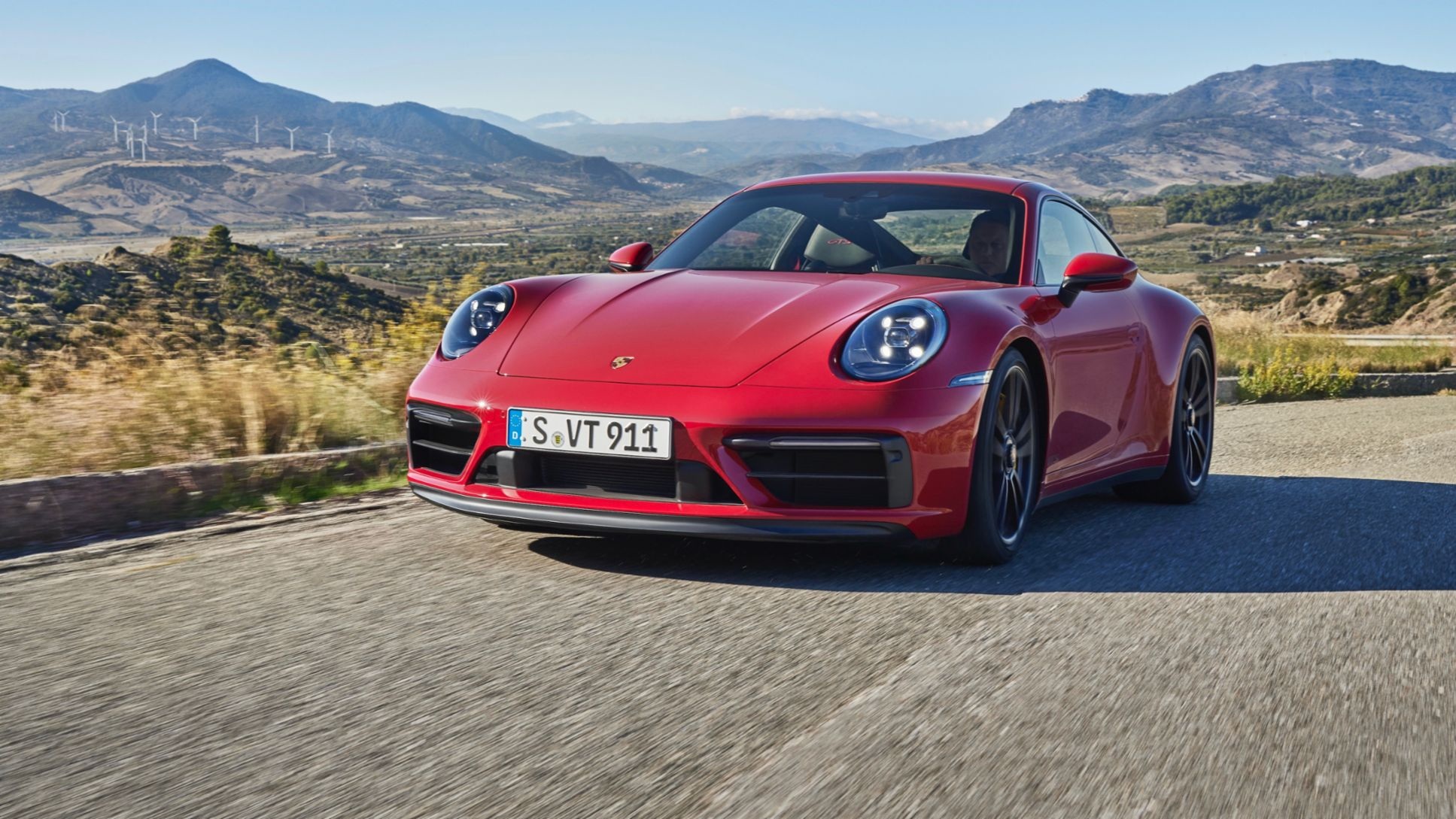Porsche Posts €966m Loss Amid China Slump and U.S. Tariffs, Casting Shadow Over Volkswagen Group’s Outlook


Porsche AG has reported a steeper-than-expected operating loss of €966 million ($1.1 billion) for the third quarter, marking a sharp reversal from the €974 million profit recorded in the same period last year.
The German luxury automaker said the setback stemmed mainly from costs related to a sweeping rollback of its electric vehicle (EV) expansion strategy and the financial fallout of U.S. import tariffs.
Analysts surveyed by Visible Alpha had anticipated a smaller operating loss of €611 million, highlighting the extent of Porsche’s current troubles. The company’s slowdown denotes the turbulence facing Germany’s once-thriving auto sector as it grapples with the global EV price war led by Tesla and aggressive discounting by Chinese automakers such as BYD.
Register for Tekedia Mini-MBA edition 19 (Feb 9 – May 2, 2026): big discounts for early bird.
Tekedia AI in Business Masterclass opens registrations.
Join Tekedia Capital Syndicate and co-invest in great global startups.
Register for Tekedia AI Lab: From Technical Design to Deployment (begins Nov 15th).
Porsche, long touted as a symbol of German precision and profitability since its 2022 stock market debut, is now battling a confidence crisis.
“We expect 2025 to be the trough that precedes a noticeable improvement for Porsche from 2026 onwards,” Chief Financial Officer Jochen Breckner said on Friday, adding that “large-scale solutions” were still being negotiated with labor unions to manage the company’s restructuring.
The carmaker maintained that its operating margin for 2025 could fall as low as 2%, compared with 14% last year. For 2026, it expects to rebound to a “high single-digit percentage,” Breckner said.

Porsche also disclosed that U.S. import tariffs will cost it roughly €700 million this year, forcing it to raise prices in the American market to offset part of the impact.
Breckner added that Porsche prices will rise further in the U.S. in the coming months as the company passes on tariff costs to consumers.
The CFO confirmed that Porsche will propose a “significantly lower 2025 dividend” than the €2.31 per preferred share paid for 2024, as part of an effort to conserve cash amid restructuring pressures.

In China, once the company’s biggest growth market, sales are expected to continue falling through 2026.
“We have to assume that the general market conditions will not improve in the foreseeable future,” Breckner said, describing persistent pricing pressures and slower luxury demand in the world’s largest auto market.
The German carmaker plans to cut 1,900 permanent jobs over the next few years, in addition to 2,000 temporary roles already being eliminated in 2025. Breckner said Porsche is preparing “a second package of cost-saving measures” focused on salary scales and employee perks rather than further layoffs, with details expected by year-end.
For the full year, Porsche estimates a €3.1 billion hit to earnings from restructuring and its decision to abandon in-house battery production. That figure includes the cost of dismantling parts of its EV expansion plan, which was once a cornerstone of its future growth strategy.
The company also confirmed that CEO Oliver Blume—who concurrently leads parent company Volkswagen—will step down from Porsche at the beginning of 2026. He will be succeeded by former McLaren Automotive CEO Michael Leiters, a move widely viewed as an effort to restore investor confidence. Leiters, who previously held senior engineering roles at Ferrari and Mercedes-AMG, is expected to inherit what Breckner described as “one of the most challenging transitions in Porsche’s modern history.”
The crisis at Porsche is already reverberating across the Volkswagen Group, which owns a 75% stake in the luxury brand. Porsche’s troubles add to a growing list of headwinds facing the Wolfsburg-based parent company, including a profit squeeze at Audi and declining demand for its mass-market models in China.
Volkswagen’s shares fell after Porsche’s results were published, as investors weighed the impact of the €3.1 billion hit to earnings on the group’s consolidated financials. The slump also adds pressure on Volkswagen’s management, which has been under scrutiny for its slow adaptation to the EV transition and its failure to gain traction against Chinese rivals.
Volkswagen had counted on Porsche’s strong margins to offset weaknesses in other brands. Last year, Porsche contributed more than one-third of Volkswagen Group’s total profit, with its 14% return on sales seen as a benchmark of efficiency. That figure now risks collapsing to as low as 2%, raising concerns among analysts that Volkswagen’s 2025 group earnings forecast may be too optimistic.
Although Volkswagen has not yet revised its consolidated outlook, some analysts believe that the loss of Porsche’s profit cushion could force the group to lower its guidance in coming quarters. Analysts say the automaker’s ability to maintain dividends and fund new EV investments could also come under strain if Porsche’s turnaround stalls beyond 2026.
Volkswagen’s luxury portfolio—comprising Porsche, Audi, Bentley, and Lamborghini—has traditionally served as its financial backbone, compensating for thin margins in mass-market segments such as VW, SEAT, and Skoda. But with Porsche now facing tariffs, declining Chinese sales, and restructuring costs, that advantage appears to be eroding.
In response, Volkswagen is expected to push for deeper cost cuts and may accelerate its strategic review of luxury operations to shield overall profitability. Breckner’s assurance that “2025 will be the trough” was echoed cautiously by investors who see 2026 as a critical year for Porsche to stabilize production, regain demand in the U.S. and China, and deliver the efficiency improvements required to restore margins.





